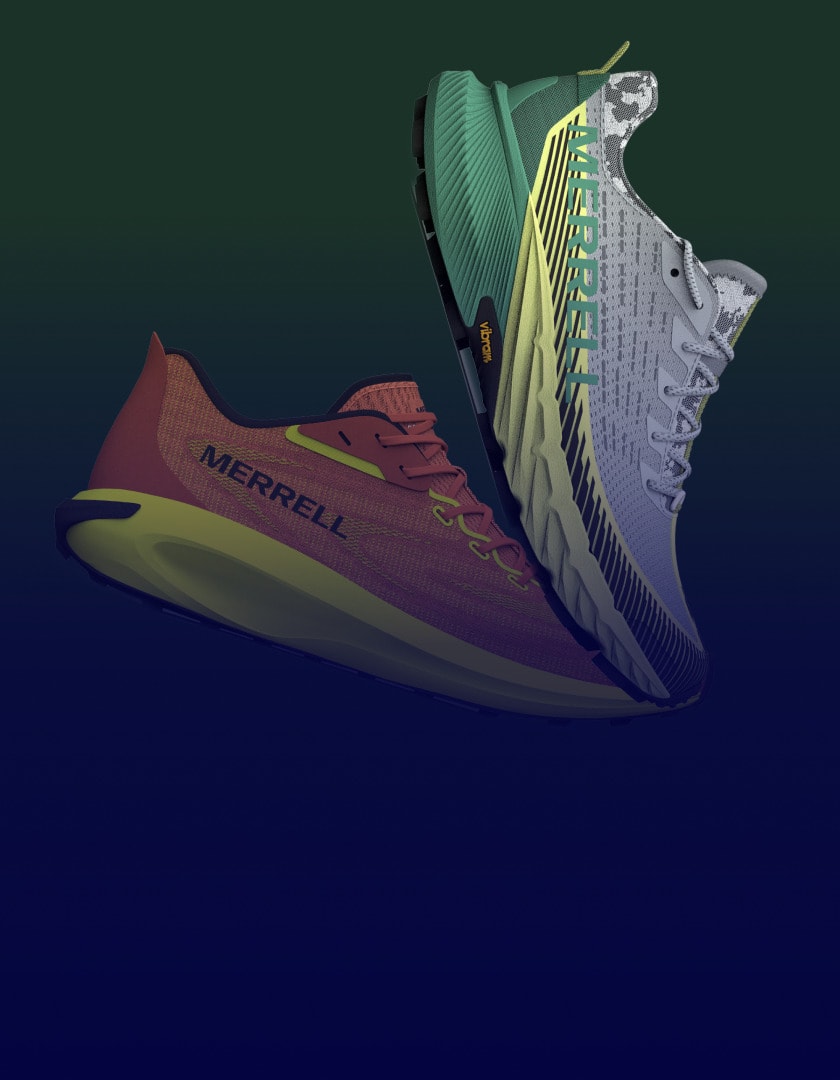A Dramatic Digital Revolutions
“We were working with Excel and email, using literally thousands of different spreadsheets. There was no single source of the truth and people spent too much time trying to find information rather than doing value-added activities. We had no clarity and couldn’t track how many options we were developing during product development. We knew PLM would give us visibility to streamline that process.”
Scott Robertson, Head of Central Merchandising at Superdry, explains that the way the fashion retailer used to operate simply didn’t support the brand’s explosive global growth and focused business strategy.
“Consumer expectations are set by the best-in-class digital leaders,” he says. “The pressure to improve business performance is higher than ever. You can’t build a strong house with weak foundations – we knew we needed a robust digital solution to support operational excellence and drive growth.”
Since implementing Centric Product Lifecycle Management (PLM), Superdry has undergone a dramatic digital revolution. The company has streamlined the overlap between its wholesale and retail collections to create a unified range and increase on time and in full product completion from 70% to 89%.
How did they make it happen?

British Brand with Global Inspiration
Superdry’s origins lie in Cult Clothing Co., which established stores in major university towns and cities across the UK after its foundation in 1985. The company opened its first Superdry store in London in 2004. The brand expanded nationwide and then globally, becoming known for cool, contemporary high street apparel.
Superdry’s menswear, womenswear, footwear and accessories collections fuse vintage Americana and Japanese-inspired graphics and text with British style. The company now operates through 695 branded stores in 59 countries, and reported £1.6 billion in brand revenue across retail, wholesale and e-commerce in 2018.
Superdry’s digital channel Superdry.com sells to over 100 countries worldwide, operating from 21 international websites. The Superdry delivery promise is one of the best in the marketplace, offering great customer service and a hassle-free returns policy.
Defining the Roadmap
Superdry’s search for a PLM solution began when it became clear that the company had outgrown its previous methods and working procedures. With teams depending a combination of email, Excel sheets and other digital documents, crucial information would get lost or develop errors.
“There was a lack of clear accountability for product data, and poor data meant a lot of manual rework across all divisions,” he says. “Roles, responsibilities and processes were difficult to define as people did not have the visibility they needed to sign off on decisions that reflected the intended direction of each collection. The first step towards a better way of working was to define our basic processes.”
“We’ve evolved from having two separate parts to our business, retail and wholesale,” Robertson continues. “We were almost designing two separate ranges because each timeline was very different and some products were being duplicated.”
“We started consolidating the retail and wholesale ranges into a global range, reducing the total number of options we create and putting new ways of working in place. + Getting a PLM system was the next step on our roadmap to support that change.”
Why Centric?
Superdry went through a comprehensive selection process to choose a PLM vendor. In 2017, the company longlisted seven PLM providers for RFPs and demos, then recalled the two frontrunners for extended demos with key stakeholders. Eventually, the selection team settled on Centric Software as a PLM partner.
“The configurability of Centric PLM™ was a critical consideration for us,” says Robertson. “Centric also has impeccable fashion credentials, with extensive experience in PLM for the apparel industry. Because Centric implements using a flexible, agile approach, we had the ability to move forward rapidly with the project.”
“It was important for us to get a system that users actually wanted to adopt,” Robertson continues.
Our selection team included a wide range of users across different departments – designers, merchandisers, category managers, garment technologists, sourcing teams, production teams – and every single one of them selected Centric as their preferred solution.
Saving Time and Streamlining Collections
Superdry kicked off its implementation of core modules of Centric 8 PLM and progressed in phases, going fully live on the system very quickly.
“We went for progress rather than perfection,” explains Robertson. “It’s important to maintain a focus on people and how they are adapting to the change curve. PLM will deliver the benefits you originally set out if you concentrate on what adds value to your business.”
Superdry is still in the process of embedding roles, responsibilities and key operations in the system. However, the company is already seeing significant benefits.
“We no longer start every season from scratch,” says Robertson. “We have a single source of truth for master data on products from current and previous collections.”
“Because we have streamlined and combined our retail and wholesale collections, the number of total style options has been reduced from about 5,900 to 3,900. From a design point of view, Centric PLM has transformed the way that clothing is designed and developed at Superdry.]

“It used to take the design team up to a week to prepare for reviews because they had to print everything out and create storyboards,” Robertson notes. “All of that is now accessible in PLM with the press of a button, saving them a week of effort four times a year. This is a massive improvement and an example of how we can invest that time back into product development, design, improving quality and attention to detail. Connecting with Adobe Illustrator gives our designers the ability to collaborate more efficiently and provides visibility into the design process for category managers throughout the season.”
As the Superdry team anticipates continuous improvement on key KPIs and further systematization of the business through Centric PLM, Robertson concludes that PLM provides the foundation Superdry needs for complete digital transformation and future development.
“PLM is a game changer for our business. It’s a stepping stone towards so many other exciting areas of innovation, from 3D design to personalization. Range optimization, assortment planning and demand forecasting are all enhanced through the medium of PLM. With a truly digital supply chain in place, we have the visibility we need to grow and evolve.”
New to Centric PLM? Learn more
What is Centric Pricing & Inventory? Learn more
What is Centric Market Intelligence? Learn more
Centric Visual Boards Learn more
















